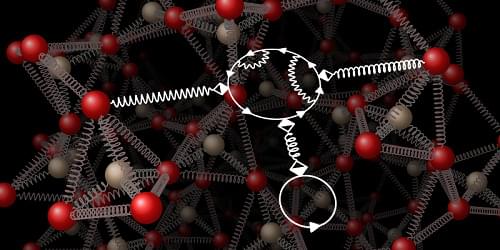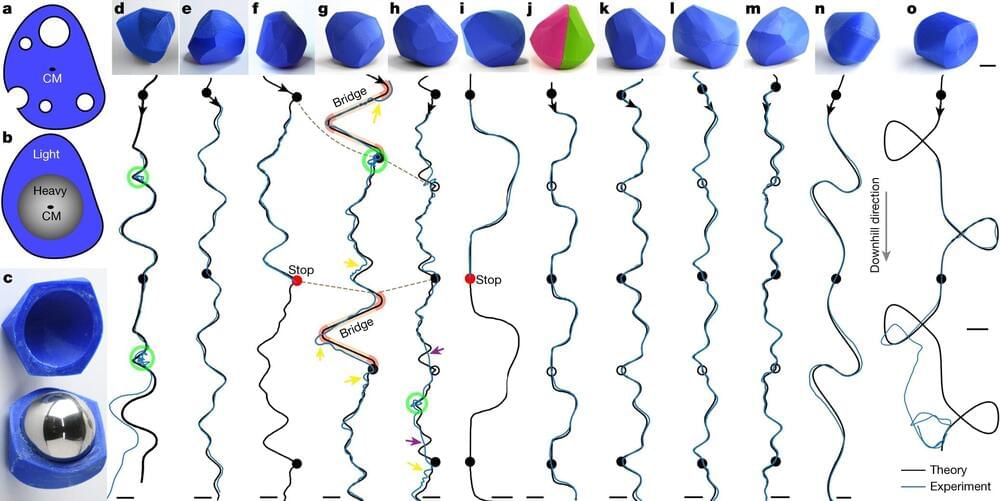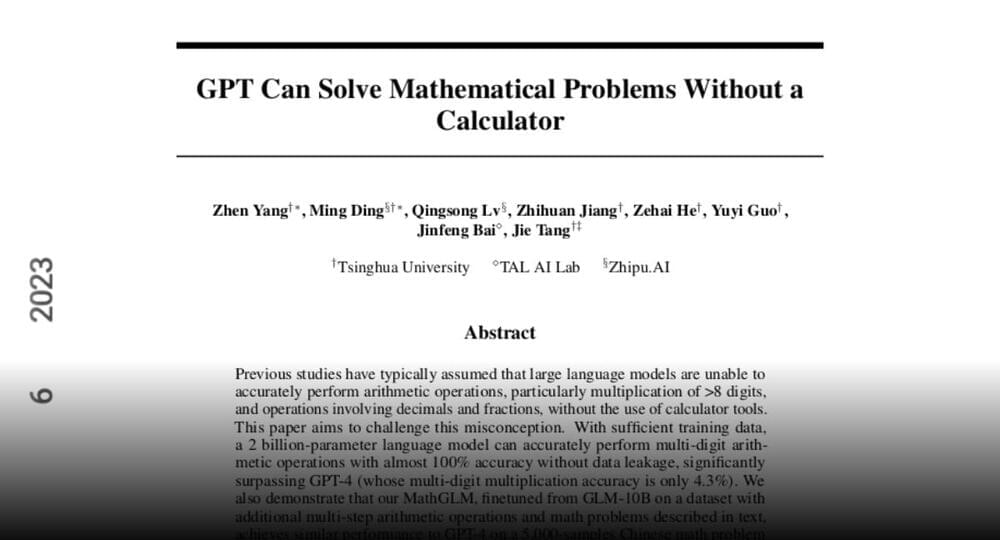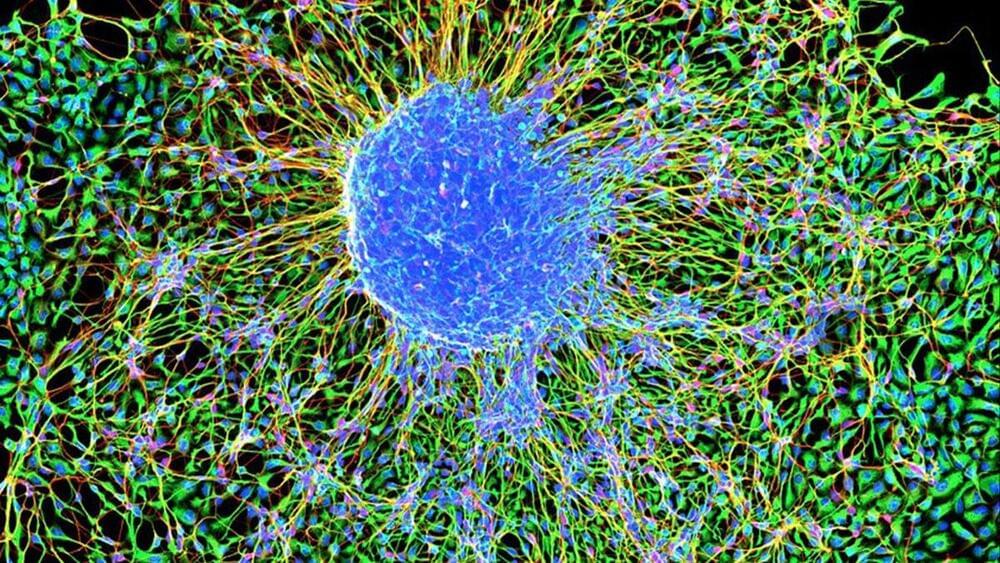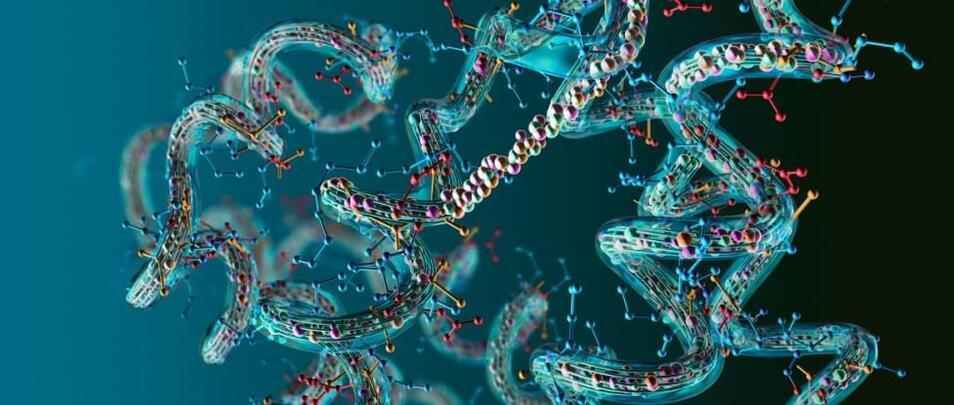What would happen if, instead of buying the newest iPhone every time Apple launches one, you bought that same amount of Apple stock? There is a tweet floating around saying that if you had bought Apple shares instead of an iPhone every time they came out, you’d have hundreds of millions of dollars. The math is off (if you’d spent $20k on Apple stock when the rumors of the iPhone first started, you’d have $1.5 million today, at best) but in any case – it’d only make sense if you were clairvoyant in 2007, and knew when Apple would be launching phones, and at which price.
I figured a more fair way of calculating it would be to imagine buy a top-of-the-line iPhone every time Apple releases a new iPhone, or spend the same amount on Apple stock. If you had done that, by my calculations, you’d have spent around $16,000 on iPhones over the years (that’s around $20,000 in today’s dollars). If you’d bought Apple shares instead, you’d today have $147,000 or so — or a profit of around $131,000.



